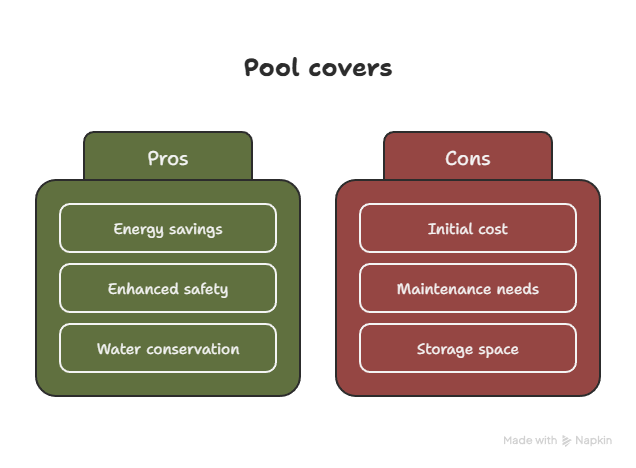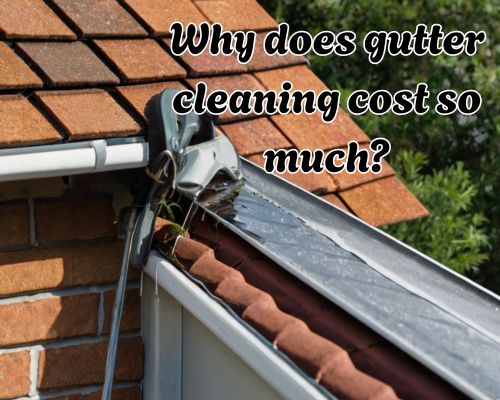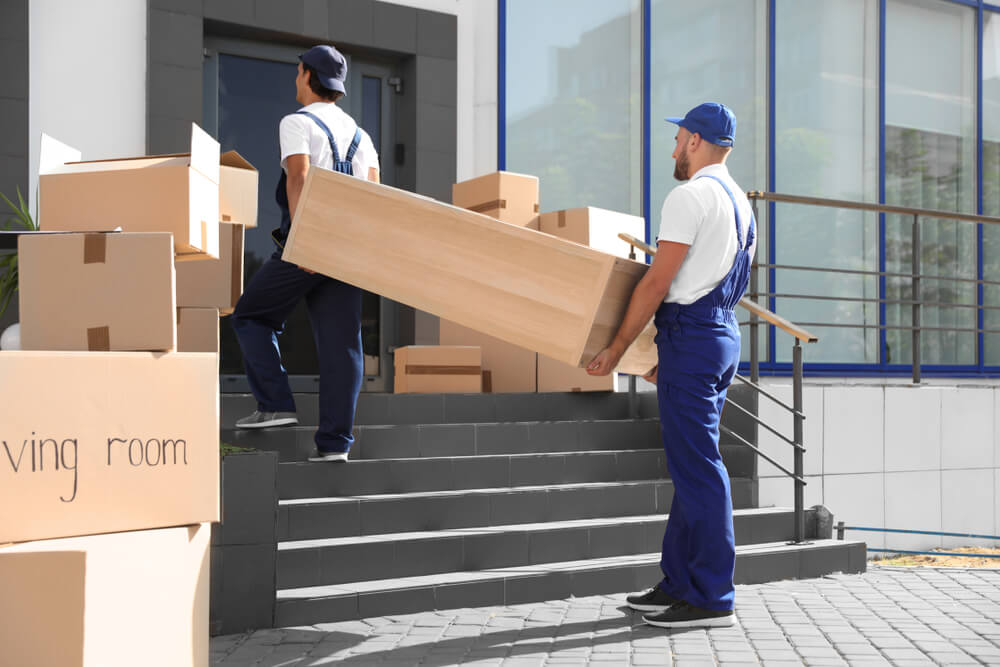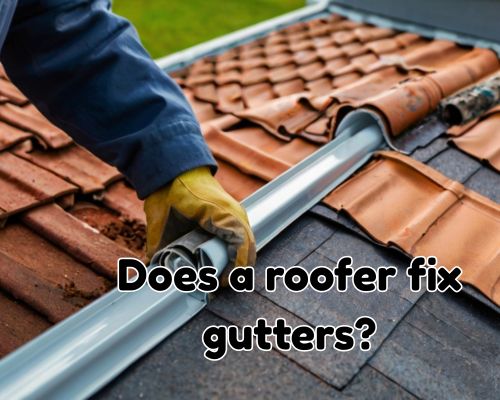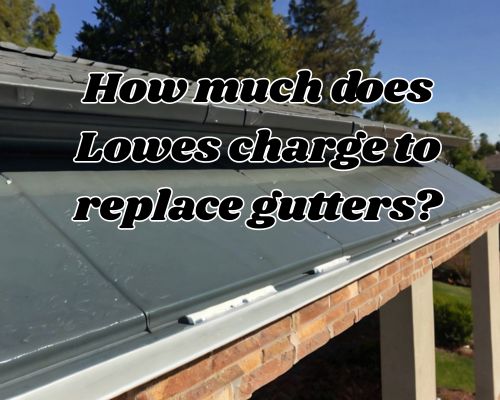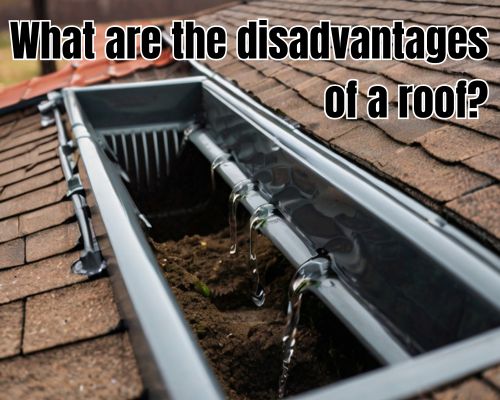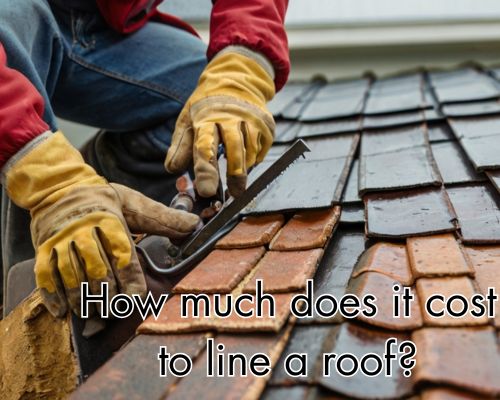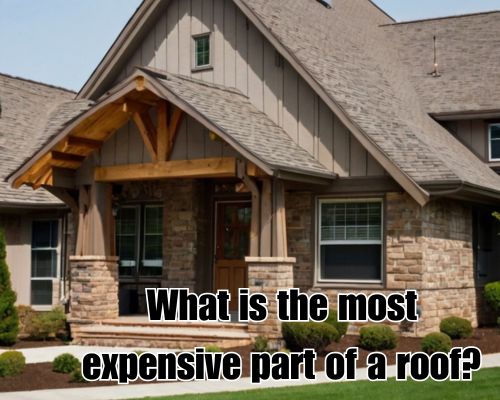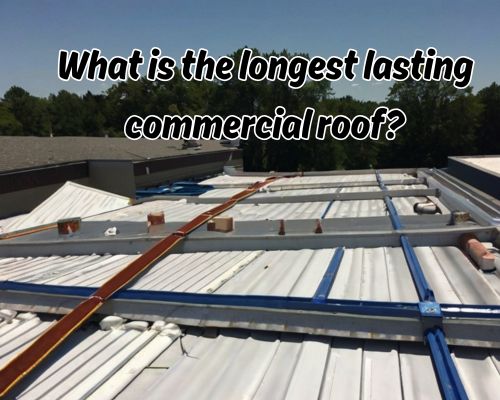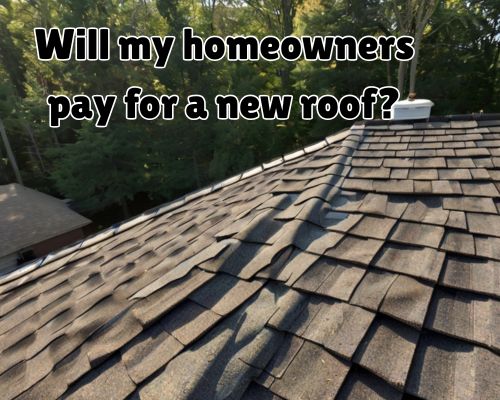
Classic Car Transport is a specialized service designed for collectors, enthusiasts, and anyone who owns a vintage automobile that demands exceptional care during relocation. Whether you’re moving across the country or sending a classic vehicle to a car show, auction, or restoration facility, transporting it safely requires a unique set of skills, equipment, and attention to detail. These timeless machines are not just modes of transportation they are investments, passion projects, and often, family heirlooms. This makes choosing the right car transport service more than just a matter of convenience it’s a matter of trust.
The Unique Needs of Classic Cars
Classic cars are not just modes of transportation they’re pieces of history, art, and engineering marvels. Unlike modern vehicles, they may feature fragile materials, outdated parts, and custom finishes that are no longer in production. These factors make them more vulnerable to damage during transit. This is why traditional auto transport services are often not suitable for such valuable automobiles.
In classic car transport, specialized services such as enclosed trailers, climate control, soft tie-downs, and hydraulic lift gates are commonly used to prevent exposure to the elements and protect the vehicle from road debris, harsh weather, and vibrations. The goal is to maintain the vehicle’s originality and market value by ensuring a scratch-free, dent-free, and stress-free delivery.
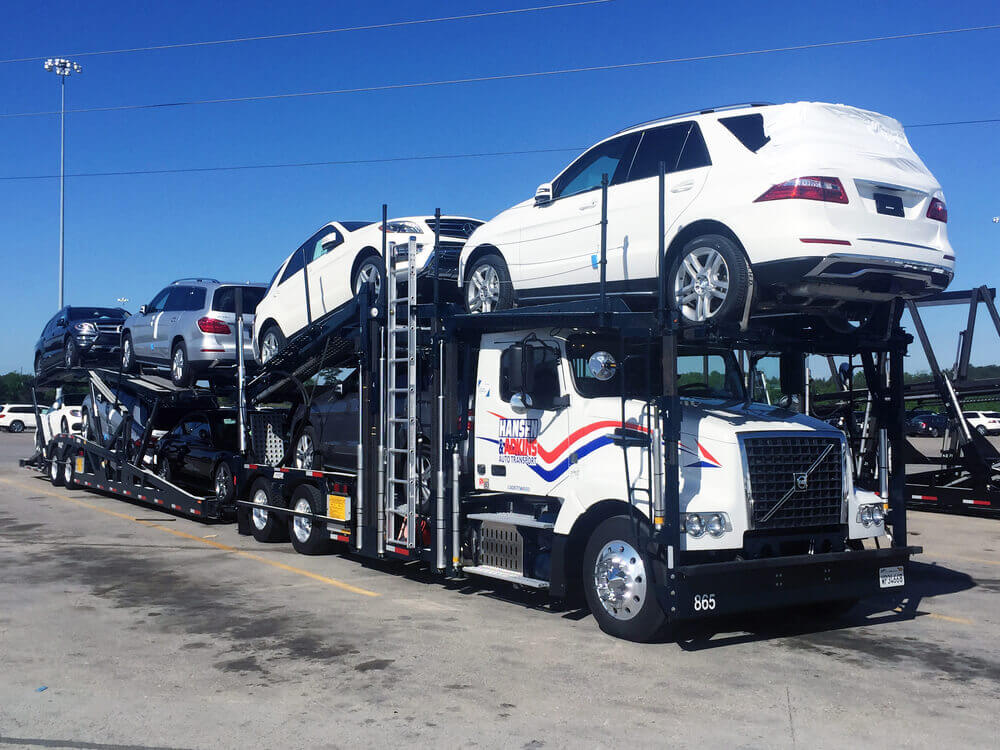
Choosing the Right Transport Provider
Selecting a trusted classic car transport company is crucial. Reputable transporters understand the sentimental and financial value of these vehicles and offer white-glove service that includes meticulous planning and transparent communication. These companies typically provide:
- Enclosed Transport Options: This is a must for classic cars. It offers maximum protection against the elements and ensures the car remains hidden from prying eyes during transit.
- Experienced Drivers: Specialized training in handling classic and exotic vehicles helps drivers understand how to load, secure, and transport rare cars safely.
- Insurance Coverage: Comprehensive insurance options ensure peace of mind during the journey.
- Real-Time Tracking: Technology that allows customers to monitor their vehicle’s status throughout its journey.
A good transporter will also conduct a thorough inspection before and after transport, documenting the car’s condition to ensure accountability.
Preparing Your Classic Car for Transport
While professional transporters handle the heavy lifting, owners still play a crucial role in preparation. Ensuring your vehicle is ready can help prevent delays and potential damage. Here are a few key steps:
- Clean the Vehicle: A clean car makes it easier to spot any scratches, dings, or paint issues.
- Take Photos: Document the car’s condition from all angles before transport.
- Check for Leaks and Battery Health: Leaks or dead batteries can cause complications during loading or unloading.
- Remove Personal Items: Keep the car light and prevent internal damage by removing loose objects.
Classic car transporters often provide a checklist to help customers prepare their vehicle for shipping. Following these guidelines ensures a smooth and stress-free experience.
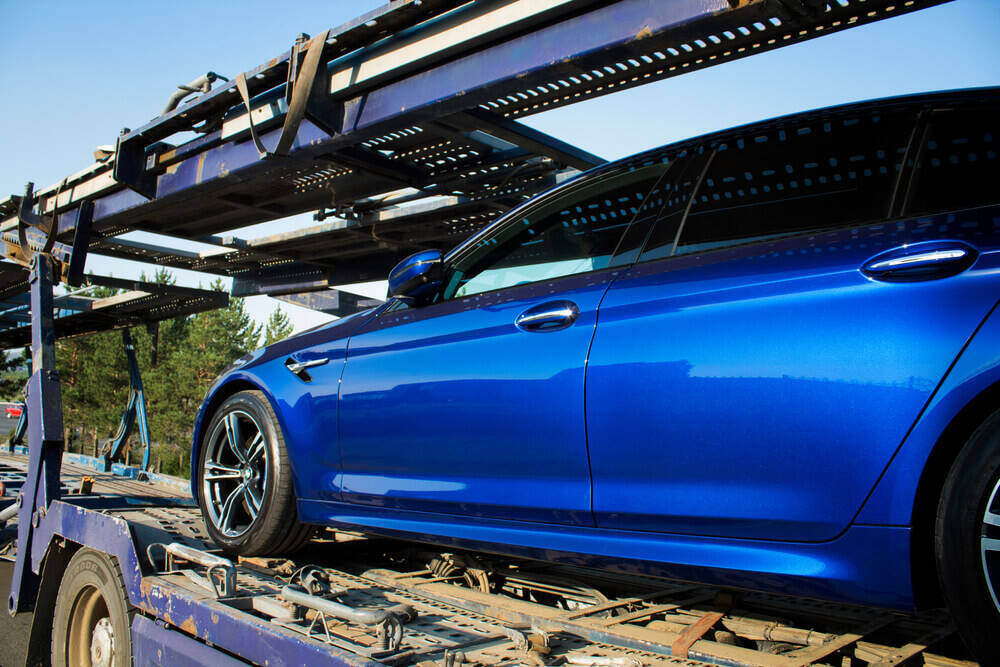
Cost Considerations
The cost of classic car transport varies depending on factors like distance, vehicle type, enclosed vs. open transport, and timing. While enclosed transport is more expensive than open carriers, the added protection is well worth the investment for high-value vehicles.
Additional services such as expedited shipping, climate-controlled trailers, or overseas transport also affect the final cost. Many classic car transport companies offer custom quotes to match the unique needs of each customer.
Classic Car Transport for Events and Auctions
Transporting a classic car isn’t always about relocation many owners need their cars shipped for auto shows, auctions, and private exhibits. Timeliness, presentation, and reliability are paramount in these situations. Classic car transporters understand the importance of punctual delivery and immaculate condition upon arrival. They often offer concierge-level services to accommodate these high-profile events, including direct-to-venue drop-offs and return shipping arrangements.
In conclusion, classic car transport is not just a logistical service it’s a commitment to preserving automotive heritage. Entrusting a prized vintage vehicle to a skilled and experienced transporter ensures that every curve, chrome detail, and stitch of upholstery is delivered intact and unmarred. For collectors and enthusiasts alike, working with a professional classic car transport company is an essential part of protecting what matters most: the timeless beauty and legacy of the automobile.

